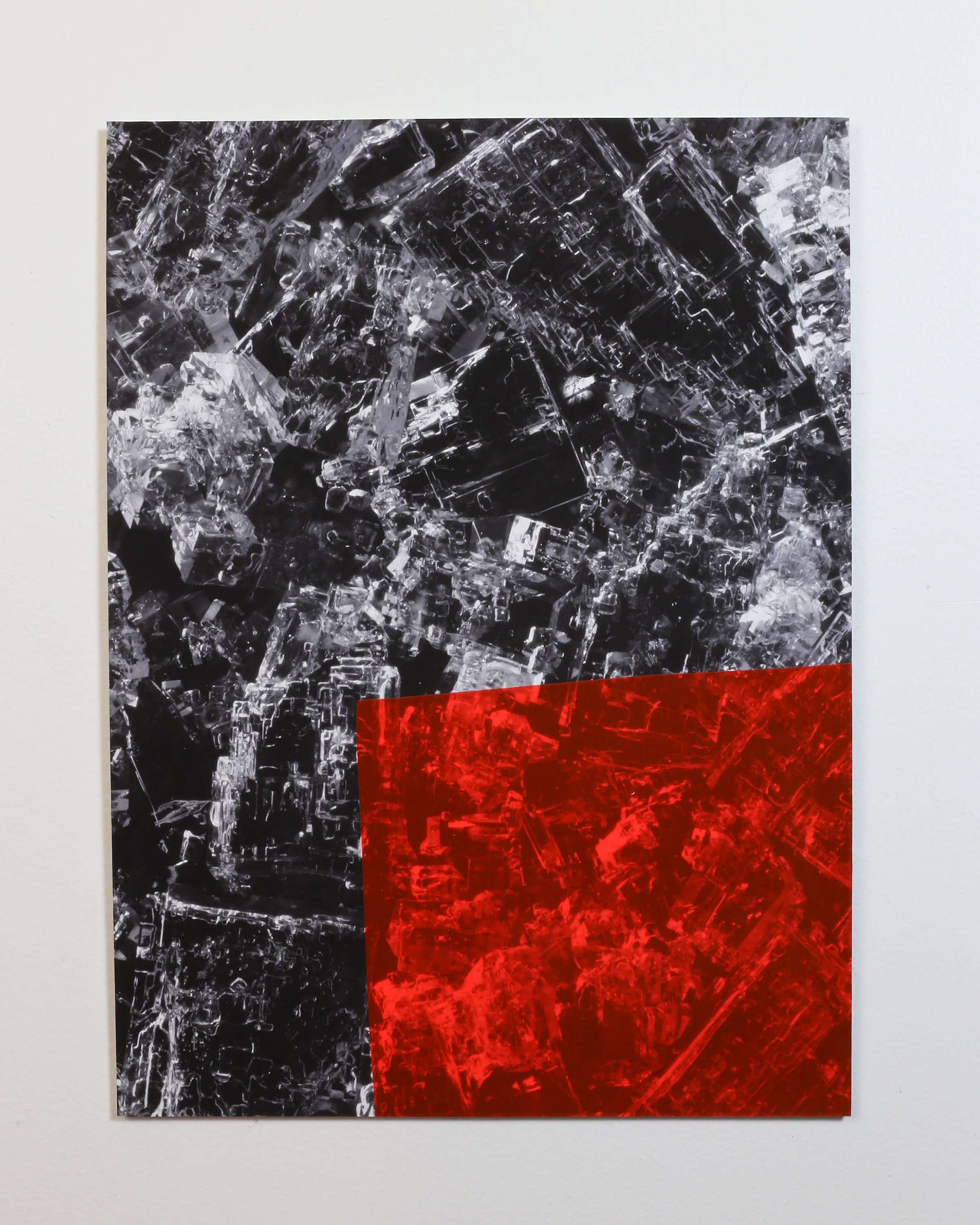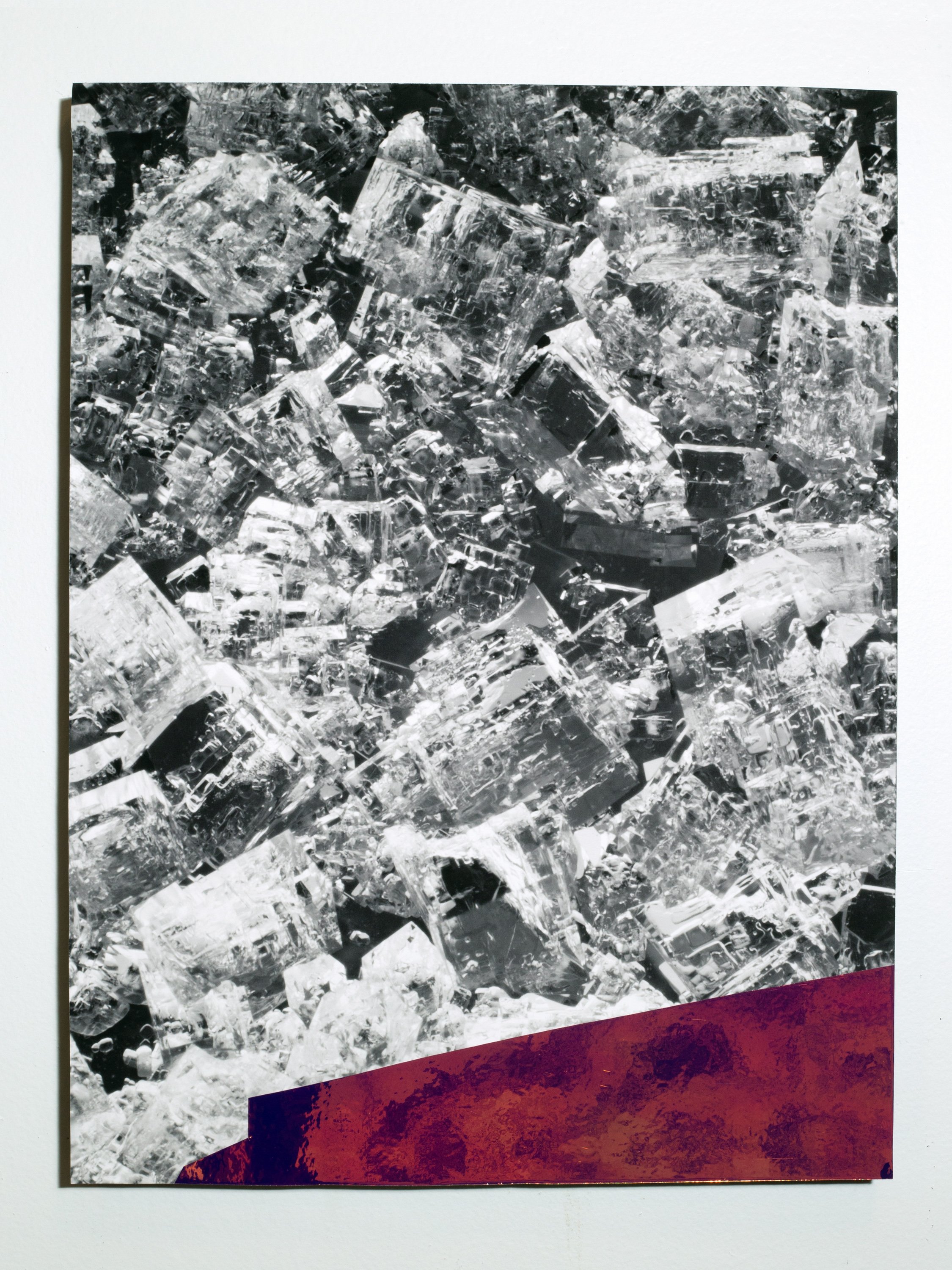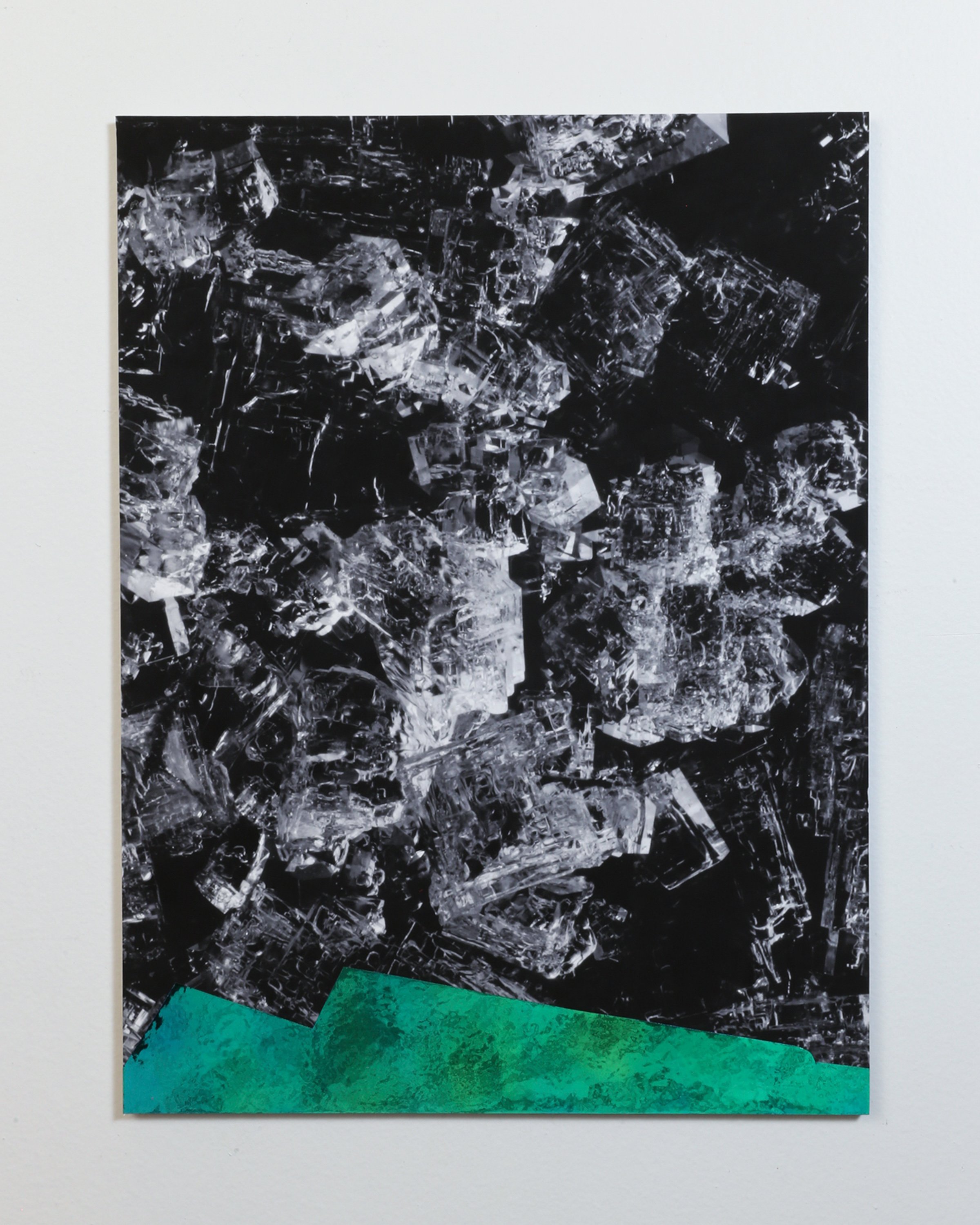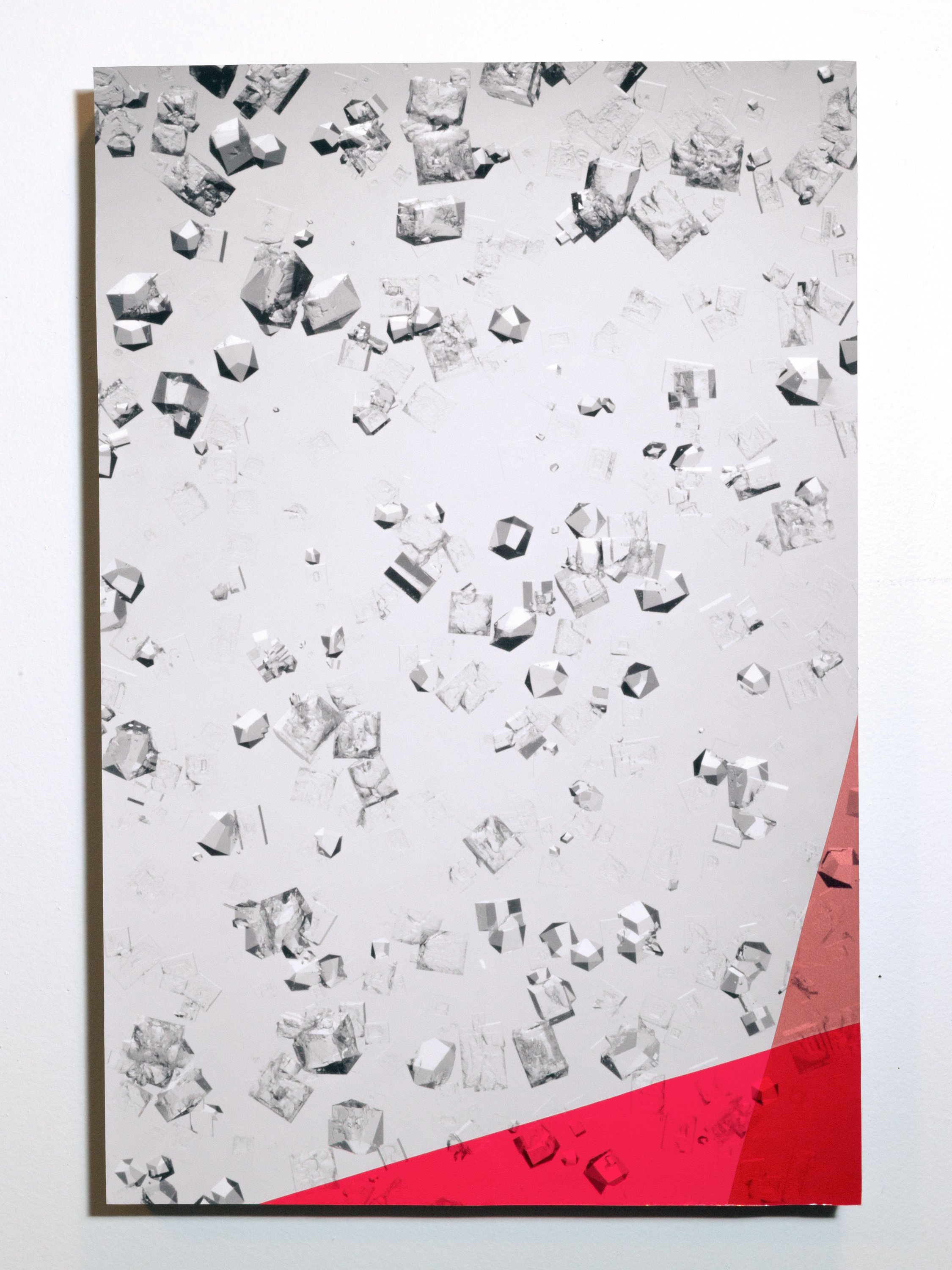
On a routine basis, an experience of salt is usually not a geological experience. Most salt that we see has been processed, packaged, branded and streamlined into our consumer logistics system in such a way that we have no way of knowing where it came from. In this respect, salt is a lot like plastic: endlessly mutable, endlessly abundant, and to all appearances groundless.
We think of salt in terms of its flavor, or how it can preserve things; the way it flows through our bodies, surfacing on our skin, or at times pouring from our eyes. When it comes to what humans do with salt on the earth, though, only a small fraction of it goes to food. The largest part of salt production goes to clearing the roads. Petroleum and salt are interlocked there again: our transportation system literally depends on it to get things where they need to go. The next largest end use of salt is for chemical production, particularly chlorine. The products can go anywhere, and plastics can look like anything. In the life cycle of salt in the earth, any little trace of it is about as likely to end up in some form of plastic as it is likely to pass through a human body and surface as a little drop on the skin.

















On a routine basis, an experience of salt is usually not a geological experience. Most salt that we see has been processed, packaged, branded and streamlined into our consumer logistics system in such a way that we have no way of knowing where it came from. In this respect, salt is a lot like plastic: endlessly mutable, endlessly abundant, and to all appearances groundless.
We think of salt in terms of its flavor, or how it can preserve things; the way it flows through our bodies, surfacing on our skin, or at times pouring from our eyes. When it comes to what humans do with salt on the earth, though, only a small fraction of it goes to food. The largest part of salt production goes to clearing the roads. Petroleum and salt are interlocked there again: our transportation system literally depends on it to get things where they need to go. The next largest end use of salt is for chemical production, particularly chlorine. The products can go anywhere, and plastics can look like anything. In the life cycle of salt in the earth, any little trace of it is about as likely to end up in some form of plastic as it is likely to pass through a human body and surface as a little drop on the skin.